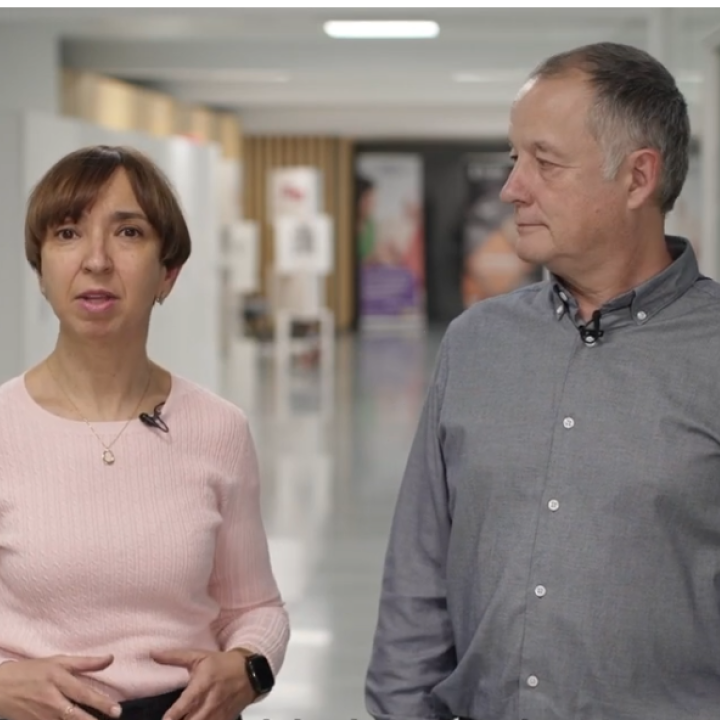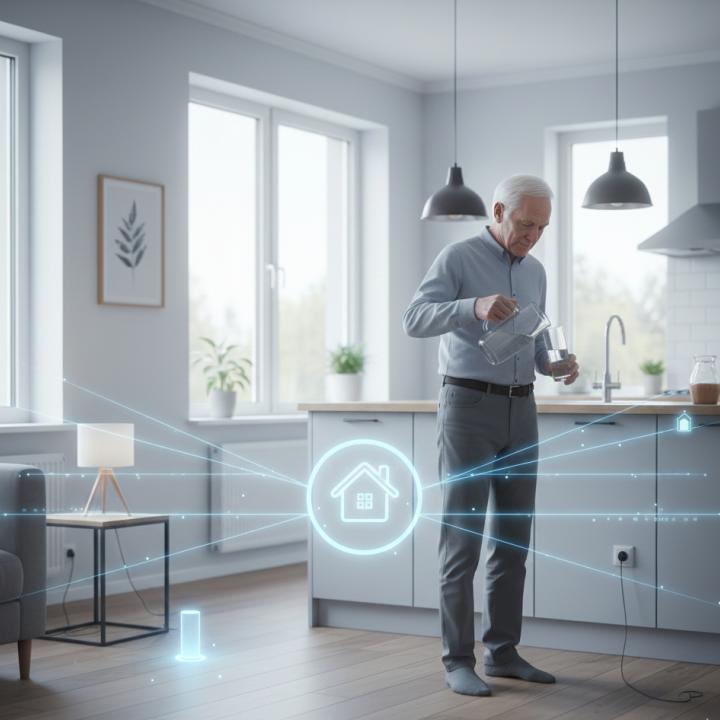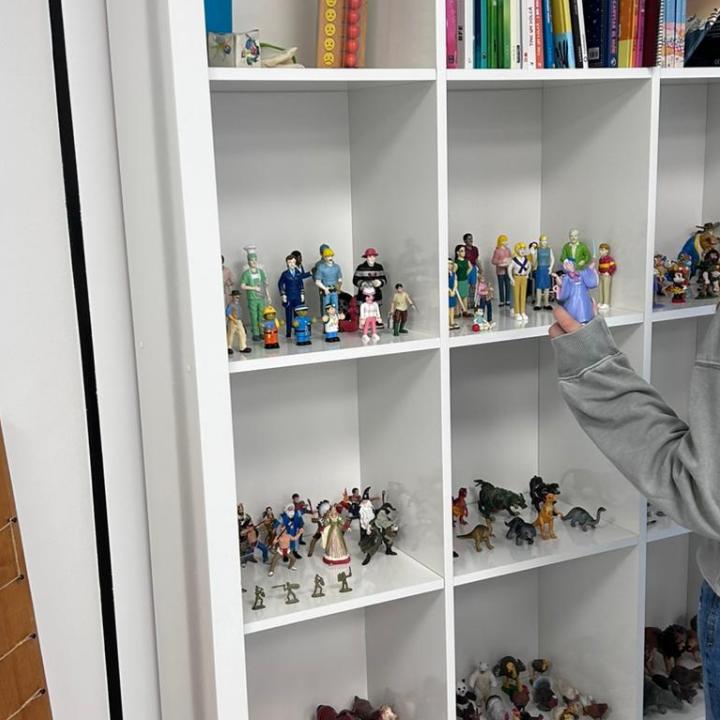Suara Cooperativa and V-Tools have carried out a pilot test to work with a hundred children and teenagers on the prevention of gender-based violence through different virtual reality experiences
"Are you going to Marta's birthday?". "Yes, you too, right?" "I have a match or don't you remember?". This dialogue between a teenage couple is part of a virtual reality experience to work on the prevention and detection of sexist violence among children and adolescents. In this case, the girl gives in and does not go to her friend's birthday, but it is not the only episode of control that is recounted in this experience, which has six chapters.
"I can't imagine being able to work on this content with teenagers without this format", says Bárbara Ercilla de Villena, director of an open center managed by Suara Cooperativa where this experience, developed by the start-up V, has been tested -Tools.
The service where Ercilla de Villena works is one of the seven resources for children and adolescents managed by Suara Cooperativa where a pilot test has been carried out, which started in January and ended on July 5. As part of this, a hundred children and teenagers put on virtual reality glasses to experience in their own flesh the experience of a victim of sexist violence.
Not only Ercilla de Villena positively evaluates this pilot test, so does Olga Chamorro, director of another open center. "Virtual reality is a very useful tool to create the context, quickly locate the content you want to work on and generate the atmosphere, and this is very important in any communicative situation", says Chamorro.
What does this virtual reality experience consist of?
Albert Gonàléz, co-founder of V-Tools, explains that to develop the content the theory of the scale of the sociologist Carmen Ruiz Repullo has been taken into account, which starts from the basis that every time there is a situation of male violence in a teenage couple, the boy takes one more level of control over the victim, as recounted in each of the chapters of this virtual reality experience, where violence and control go in crescendo.
In other chapters, you can also feel how the young man controls the girl's mobile phone, forbids her to have social networks or dress in a certain way. An increasingly absolute and severe control that ends with an unwanted sexual relationship on the part of a girl. "In a very subtle way, we present situations that are normalized by society and that are related to acts of sexist violence," explains González.
Each chapter lasts around two minutes, which the person views alone through virtual reality glasses. Later, through a social intervention, a space for reflection is opened where the different control strategies visualized are worked on.
“People can come in or leave if they don't feel comfortable. It's a space where they should feel free because what we want is to be able to create a climate of safety and an environment where they can reflect and chat", explains González.
In order to create these safe spaces, Chamorro points out, it is also essential that children and adolescents have a person next to them who gives them confidence. "The bond they have with the adult is important so that they open up, don't feel questioned and are sincere", clarifies Chamorro.
After viewing the first experience, it was difficult to generate a debate in the center directed by Ercilla de Villena. However, this was not the case in later chapters. "I was surprised by the level of reflection we had, that if it hadn't been in this context (of virtual reality) I don't know if we would have achieved it", points out the social educator.
Results among the adolescent population
In just four years, from 2018 to 2022, cases of male violence among the adolescent population have shot up by 87.2% and in most of them, 57%, the aggressors are the partners of the girls, according to a study by the ANAR Foundation funded by the Ministry of Equality.
Faced with this context, González, who details that in 98% of cases the victims are girls, remarks that with this virtual reality tool "we work from empathy and prevention so that people have a degree of higher empathy to detect possible situations in present or future relationships”.
Both in the socio-educational center of Ercilla de Villena and that of Chamorro, this experience has been worked on in mixed groups, that is to say, made up of boys and girls. "The reaction was not the same", says Chamorro. In the case of the girls, he argues, they felt empowered and that they had been given tools to detect masculinity. Instead, he points out, "the boys responded more quietly, they felt responsible". In addition, some of them showed their fear of being carried away by friends or colleagues and acting in this way. "They said they lacked the tools to avoid falling into this behavior," explains Chamorro, who adds: "They commented that in the workshop they talked about what was wrong, but not how to do it right."
For her part, Ercilla de Villena emphasizes that this methodology to work on male violence among the adolescent population works, since during the dynamics both they and they were able to detect and recognize cases that occur in their environment such as, for example in high school
This, however, is not the only indicator that the social educator highlights to argue for the good results of the experience. Once the workshop is over, the participants answer a questionnaire. "100% of the boys and girls said that this workshop was necessary because they do not receive this information anywhere at the same time that they all marked that they identify these behaviors that they have seen in the virtual reality glasses", points out Ercilla de Villena.
Transgressive proposal
Bárbara Outeiro, head of Suara Cooperativa's Open Innovation, assures that this experience has been very well received by both the adolescent population and the working people of the organization, as it allows working on a sensitive issue in an agile way.
"It was a transgressive proposal because it made it possible to create a very quick empathy by mirroring the boys and girls", defends Outeiro while concluding: "it made it possible to put issues on the table, identify them and detect them from a more agile way than if it had been done in a more theoretical way".




